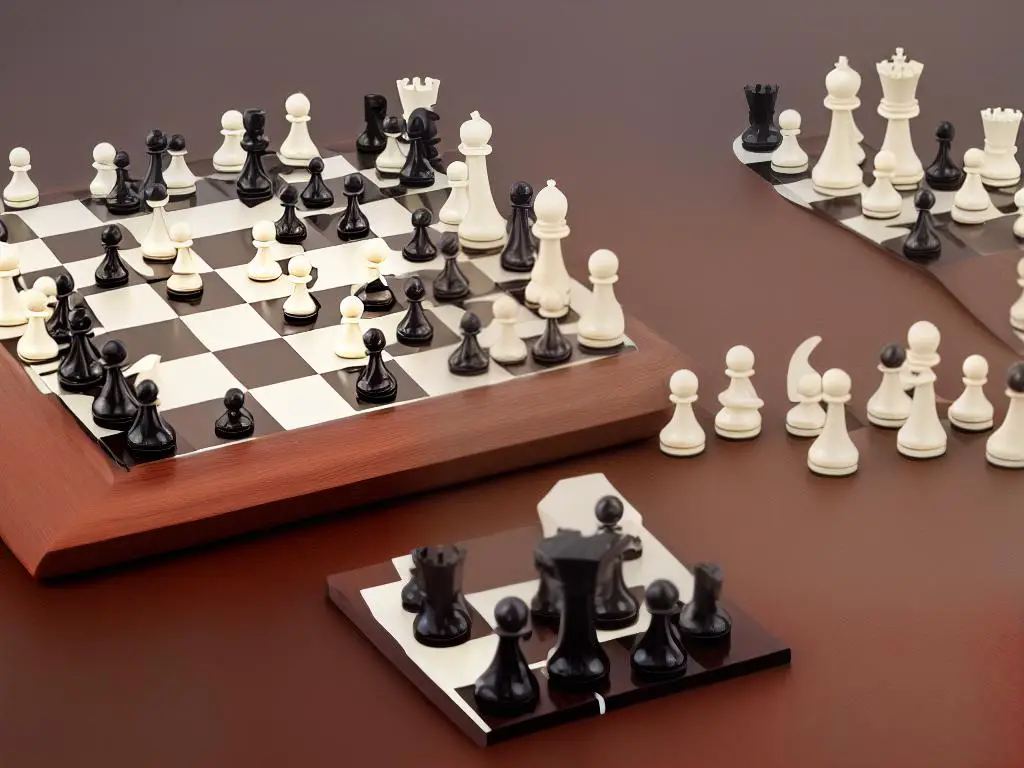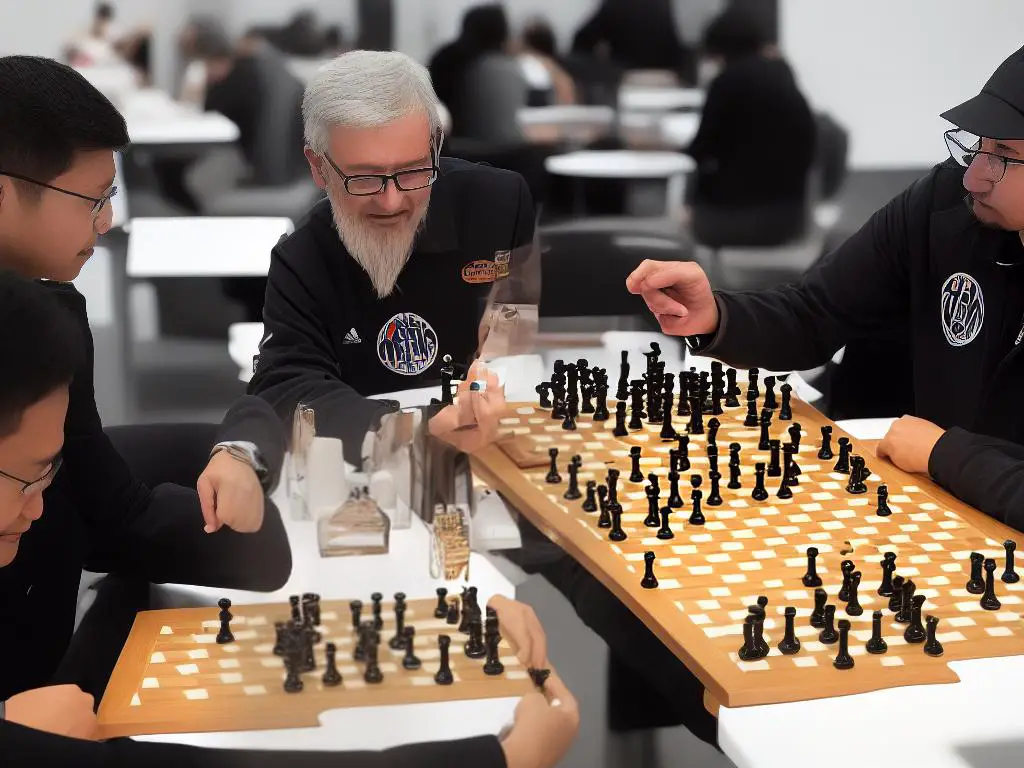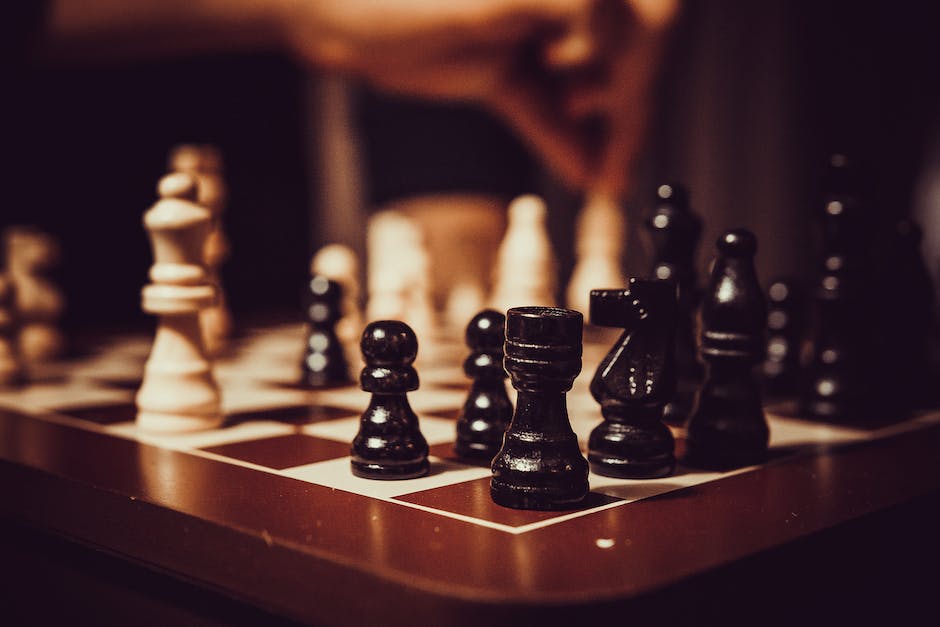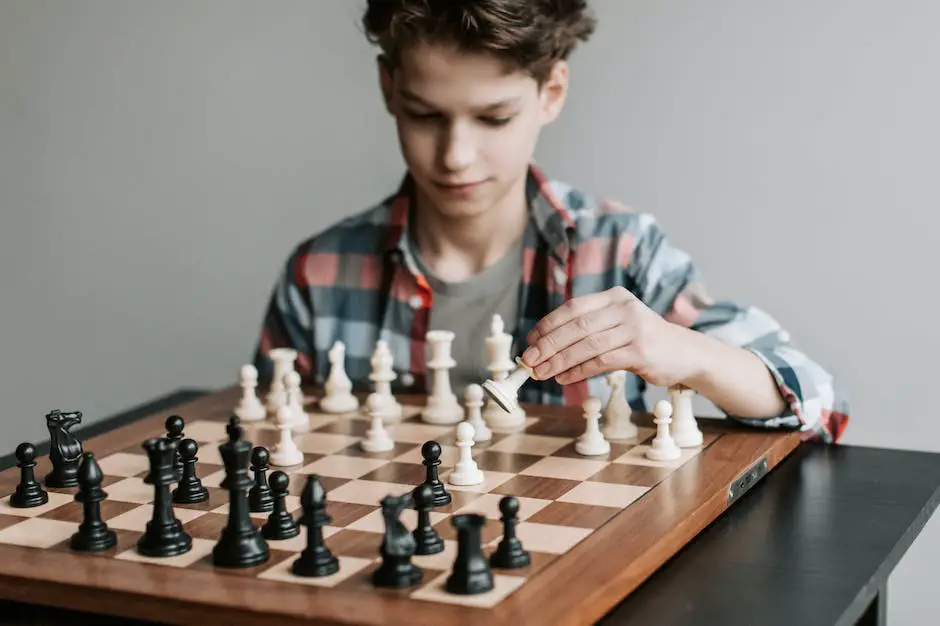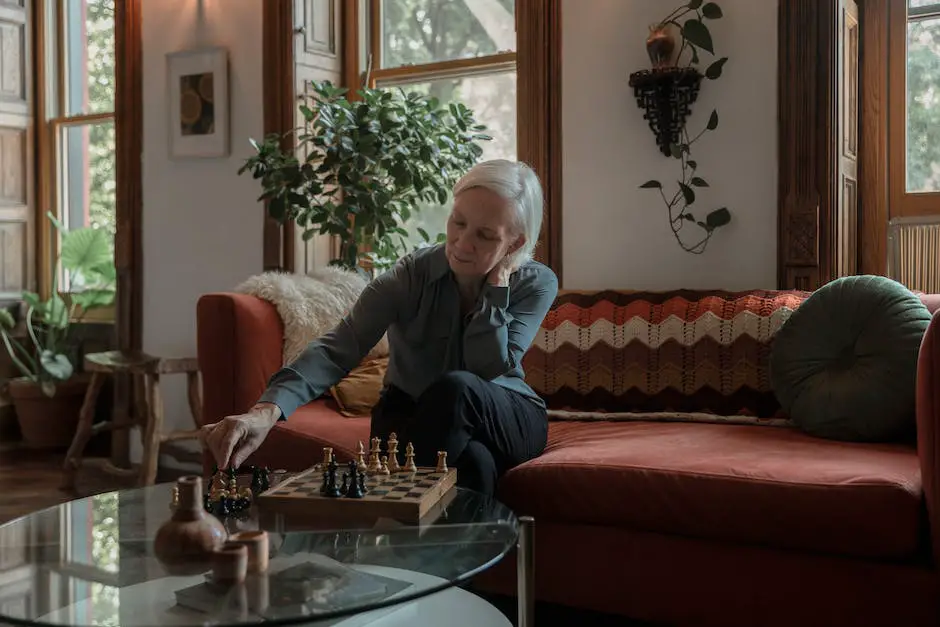Chess, a game of strategy and intense concentration, has a rich and storied history spanning over a millennium. With its humble beginnings in 6th century India, this iconic game has evolved over time, weaving a tapestry of diverse cultures, prominent personalities, and remarkable duels across the chessboard. This journey through famous chess games offers a unique perspective into the ever-changing landscape of this fascinating intellectual battleground, exploring its different eras, notable players, and unyielding influence on modern-day culture.
Origin of Chess and Early Games
The game of chess as we know it today has its roots in ancient India, where it was originally known as chaturanga, meaning “four divisions of the military.” Played on an 8×8 board, chaturanga was developed in the 6th century and was a precursor to modern chess.
Some of the earliest chess games were designed to represent the strategies and tensions of a real battlefield. The game featured four types of pieces that represented infantry, cavalry, elephants, and chariotry, which would later evolve into the pawns, knights, bishops, and rooks of modern chess.
As chess spread from India to Persia, the rules and pieces continued to evolve. The Persian version, known as shatranj, modified the chaturanga pieces while maintaining the basic gameplay.
Among the key changes were the weakening of the elephants (bishops) and chariots (rooks), the introduction of a vizier piece (a precursor to the modern queen), and the slow transformation of the infantry (pawns) into their modern form.
Shatranj was prized for its strategic depth and quickly gained popularity across the Persian Empire. One of the famous early games played was between the two Persian grandmasters al-Adli and an-Nadim during the reign of Caliph al-Ma’mun in the 9th century, showcasing highly sophisticated strategies and an in-depth understanding of the game.
The Arab conquest of Persia in the 7th century led to the further spread of chess throughout the Arab world. Arabs brought the game to the Iberian Peninsula, where it was introduced to Western Europe.
During the Islamic Golden Age, scholars made significant contributions to chess knowledge and strategy. One of the most famous early chess games recorded was between Tabari, an Arab player from Baghdad, and a Hindu player in the 8th century. The game, dubbed “The Ebony and Ivory Game,” illustrates the depth of strategic thinking in early chess and the melding of Indian, Persian, and Arab influences.
Throughout the Middle Ages, chess went through numerous transformations and spread across Europe, eventually leading to the creation of new rules and pieces. By the 15th century, the modern rules of chess were solidified, including the enhanced moves of the queen and bishop, as well as the introduction of castling and en passant. These new rules made the game not only more intricate but also more appealing to a broader audience, ultimately causing its rapid rise in popularity.
As a result of this growing interest, famous chess matches and rivalries emerged, capturing the public’s imagination. One of the earliest known recorded games using modern chess rules took place in 1475 between Castellvi and Vinyoles in Valencia, Spain. This match, documented in a poem titled “Scachs d’amor,” showcased the dedication to the art of chess in Renaissance Europe, laying the groundwork for the renowned players, strategies, and games that have defined chess as we know it today.
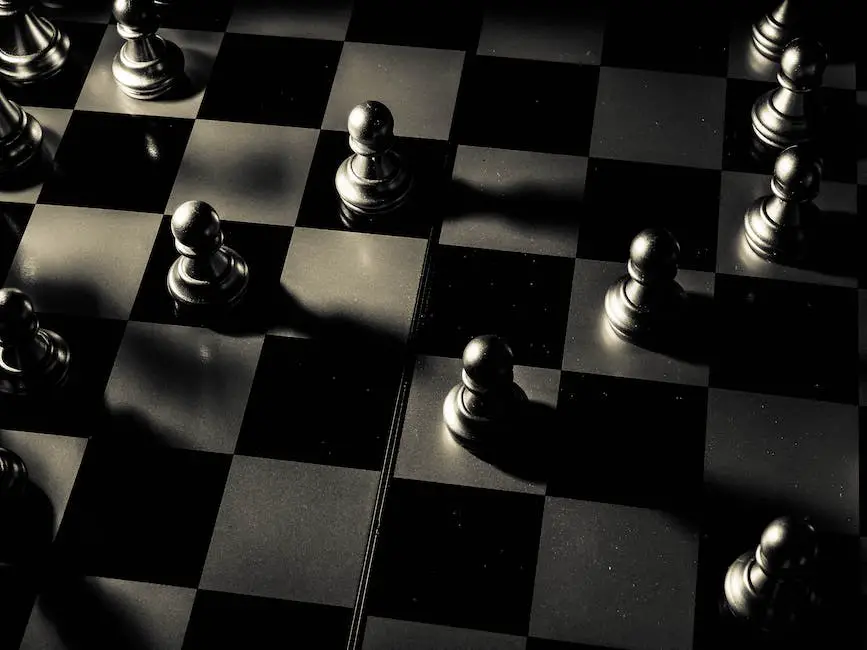
Romantic Era of Chess
The Romantic Era of Chess
The Romantic Era of Chess, spanning from the late 18th to mid-19th century, featured aggressive and tactical play. Players during this time were known to sacrifice pieces in pursuit of rapid and decisive checkmates. Numerous notable chess players rose to prominence during this period, including Paul Morphy, Wilhelm Steinitz, and Adolf Anderssen. Famous games from this era highlighted bold moves, surprising combinations, and stunning sacrifices that led to incredible victories, which continue to be admired today.
Paul Morphy
One of the most celebrated chess players of the Romantic era was the American, Paul Morphy. Often considered the greatest chess player of his time, Morphy was known for his fantastic ability to spot tactical opportunities and capitalize on them immediately. In one of his most famous games, played in 1858 against fellow American James Thompson, Morphy was able to secure a victory in just 17 moves. This game, referred to as “Morphy’s Night Walk,” showcased Morphy’s mastery of attacking chess.
Wilhelm Steinitz
Another influential chess player of this period was Wilhelm Steinitz, who was the first official World Chess Champion. Born in 1836, Steinitz hailed from Austria and was known for his defensive playing style. Steinitz proved that a controlled approach to the game could be just as effective as daring attacks and intricate combinations. His famous match against German master Johannes Zukertort in 1886 marked the beginning of a new era in chess, transitioning from the Romantic style to what is now recognized as the Classical style.
Adolf Anderssen
Adolf Anderssen was a German chess master who greatly contributed to the development of chess strategy during the Romantic era. He is perhaps best remembered for his “Immortal Game,” played against Lionel Kieseritzky in 1851 during the London Chess Tournament. Considered one of the greatest games of all time, Anderssen sacrificed his queen and both rooks to ultimately checkmate Kieseritzky with only a bishop and a knight. This stunning display of tactical skill and creativity epitomizes the aggressive play of the Romantic era.
The Legacy of the Romantic Era of Chess
The Romantic era of chess has had a lasting impact on the way the game is played and appreciated. Through the innovative approaches of players like Morphy, Steinitz, and Anderssen, chess evolved into an art form characterized by daring attacks and stunning strategies. Though modern chess has shifted towards a more positional and strategic approach, the legacy of the Romantic era is ever-present, with its appreciation for the beauty and creativity inherent in the game.

Birth of Modern Chess
The Influence of Lasker, Capablanca, and Alekhine on Modern Chess
As the 19th century drew to a close, chess began to undergo a significant transformation, entering the realm of modern chess. Spanning from 1886 to the onset of World War II, this era signaled a shift in focus towards foundational positional strategies that are still in use today. Ideas such as controlling the center, emphasizing pawn structure, and gradually building small advantages became integral to top-level play. Key figures who contributed to this evolution include world champions Emanuel Lasker, José Capablanca, and Alexander Alekhine, who each demonstrated these modern strategies in a variety of extraordinary games.
Emanuel Lasker
Emanuel Lasker, the second World Chess Champion, reigned from 1894 to 1921 and played a major role in this transition with his deep understanding of both tactical complications and positional nuances. He believed that a chess player’s best move was the one that unsettled their opponent the most, regardless of whether it was objectively the best move or not. Lasker’s best-known game is his victory against José Capablanca at the St. Petersburg 1914 tournament. While Capablanca had a superior position, Lasker managed to turn the tables with a stunning combination that forced Capablanca to resign. Lasker’s long reign as the world champion helped solidify positional play as the dominant force in chess.
José Capablanca
José Capablanca, known as the “Chess Machine,” was a Cuban chess prodigy who became the third World Chess Champion in 1921 until 1927. He was renowned for his exceptional endgame skill and is considered one of the greatest natural talents in the history of the game. Capablanca advocated for clarity and simplicity in chess, and his games were marked by near-perfect technique, avoidance of complications, and an intuitive grasp of the position’s needs. One of Capablanca’s most celebrated masterpieces is his win against Frank James Marshall in 1918, known as the “Cuban Thunderbolt.” In this game, Capablanca outmaneuvered Marshall from the very beginning, leading to a seemingly effortless victory.
Alexander Alekhine
Alexander Alekhine, the fourth World Chess Champion who reigned from 1927 to 1935 and again from 1937 until his death in 1946, was a highly influential player in this era of chess as well. His playing style combined Lasker’s psychological edge with Capablanca’s positional understanding. Alekhine was known for his legendary combinational vision and ability to create complications that made his games incredibly challenging for opponents. He has numerous brilliant games that testify to his ingenuity, including his game against Aron Nimzowitsch in 1930, dubbed the “Immortal Zugzwang Game.” In this classic encounter, Alekhine achieved a seemingly impossible feat – forcing Nimzowitsch into zugzwang (a situation where any move made would worsen the player’s position) in the middlegame, leading to an inescapable loss.
Evolution of Modern Chess
The evolution of modern chess saw the emergence of notable players such as Max Euwe, Mikhail Botvinnik, and Paul Keres, who brought new approaches and a deeper understanding of positional chess. This transformation led to the development of contemporary chess, marked by intense preparation, creative precision, and a rapid increase in the general standard of play. The contributions of Lasker, Capablanca, Alekhine, and others during this era laid the foundation for today’s grandmasters by emphasizing the importance of strategic play, ultimately paving the path for the dynamic and intellectually enriching game we know today.

Post-World War II Chess Scene
Chess Legends of the Post-World War II Era
After World War II, the international chess scene flourished with the emergence of prodigies and innovative players who forever changed the game. Bobby Fischer, an American grandmaster, is one of the most iconic figures in post-WWII chess, known for his exceptional talent and inclination for controversy.
Playing against seasoned player Donald Byrne in 1956, Fischer showcased his skills in the famous ‘Game of the Century’. At just 13 years old, Fischer daringly sacrificed his queen to strategically overcome his opponent. This remarkable victory not only earned Fischer widespread recognition, but also had a lasting impact on the game of chess itself.
In addition to Fischer, many talented players from the Soviet Union emerged during this time, such as Mikhail Tal. Known as the ‘Magician of Riga,’ Tal became the world’s youngest chess champion in 1960 at age 23. His unique, hyper-aggressive playstyle proved instrumental in defeating traditionalist Mikhail Botvinnik. Tal’s innovative strategies and tactics still inspire players today.
The Soviet Union continued to produce exceptional chess players throughout the following decades, exemplified by Anatoly Karpov, the 12th World Chess Champion. His legendary rivalry with Garry Kasparov generated electrifying and iconic matches, demonstrated their tactical expertise and brilliance.
This era also paved the way for female chess prodigies like Hungarian grandmaster Judit Polgár. Polgár repeatedly defied gender conventions, earning titles as the youngest International Master at age 12, while securing victories against world-class players, including Kasparov and Karpov. The legacy of these remarkable players – Fischer, Tal, Karpov, Kasparov, and Polgár – continues to inspire through their unparalleled creativity and dedication to the game.
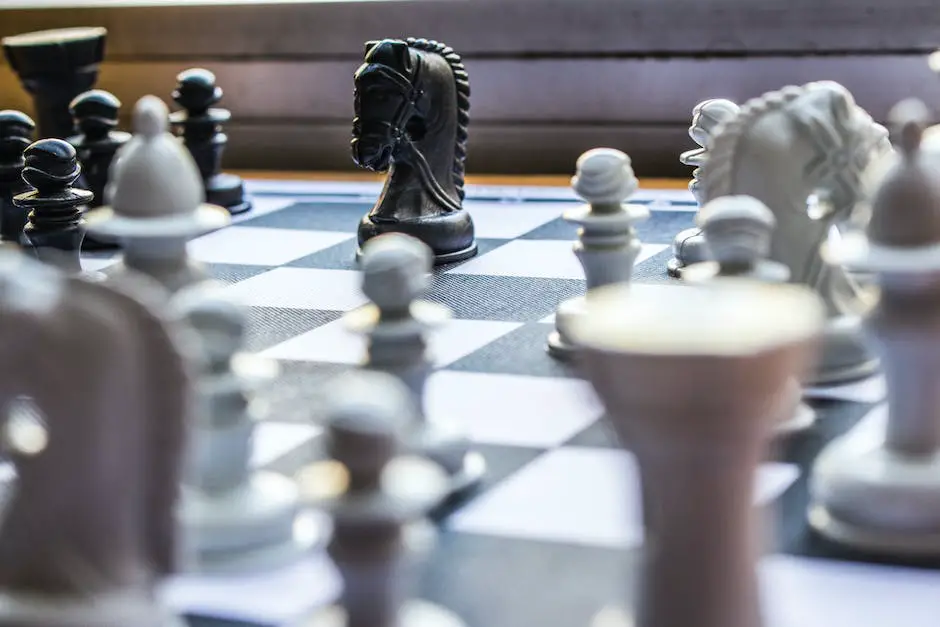
Computer Chess and Deep Blue
As human chess prodigies emerged during the post-WWII era, advancements in computer chess gained momentum. Researchers of the 1950s began exploring the possibility of a machine that could play chess with human-like intelligence, leading to computer programs participating in chess tournaments by the 1970s. As technology progressed, these programs’ strategizing capabilities also evolved. One of the most famous instances of computer chess is the 1996 and 1997 matches between IBM’s Deep Blue and the reigning World Chess Champion, Garry Kasparov.
Deep Blue was a supercomputer specifically designed for playing chess, capable of evaluating up to 200 million chess positions per second. In February 1996, it faced off against Kasparov in a highly publicized six-game match. To the surprise of many, Deep Blue won the first game, but Kasparov eventually won the match 4-2. After a year of improvements from its developers, Deep Blue and Kasparov met once again in May 1997. This time, Deep Blue emerged victorious with a score of 3.5-2.5, marking the first time a computer had defeated a reigning World Champion in a regulated match.
The matches between Deep Blue and Kasparov have had significant, long-lasting impacts on the world of chess. For one, the matches demonstrated the potential of artificial intelligence (AI) and its ability to tackle complex problems. The algorithms used by Deep Blue to evaluate millions of positions and find the best moves forced the development of more advanced AI techniques. Today, top chess players use AI-powered chess engines to analyze games, study strategies, and even assist in their preparation for important matches.
Computers and software have also had a strong influence on modern chess playing styles. Players now have access to extensive databases and can learn from the vast amount of information gathered by AI-powered engines. The influence of these engines on opening strategies, game analysis, and defensive play has resulted in a more deeply calculated and precise style of play among professional and amateur players alike. This newfound precision has shifted the focus from purely intuitive play to a data-driven, analytical approach.
Over two decades have passed since the iconic Deep Blue vs. Kasparov matches took place, yet their impact on the ever-evolving landscape of chess remains significant. AI-powered engines developed since then, such as Stockfish, Komodo, and AlphaZero, have surpassed Deep Blue’s level, taking computer chess to unprecedented heights. AI continues to shape the strategies players use in chess, ultimately elevating overall competition and broadening the game’s strategic horizons. The integration of AI and advancements in computer chess have transformed the game into a fascinating melding of human intellect and technological innovation.
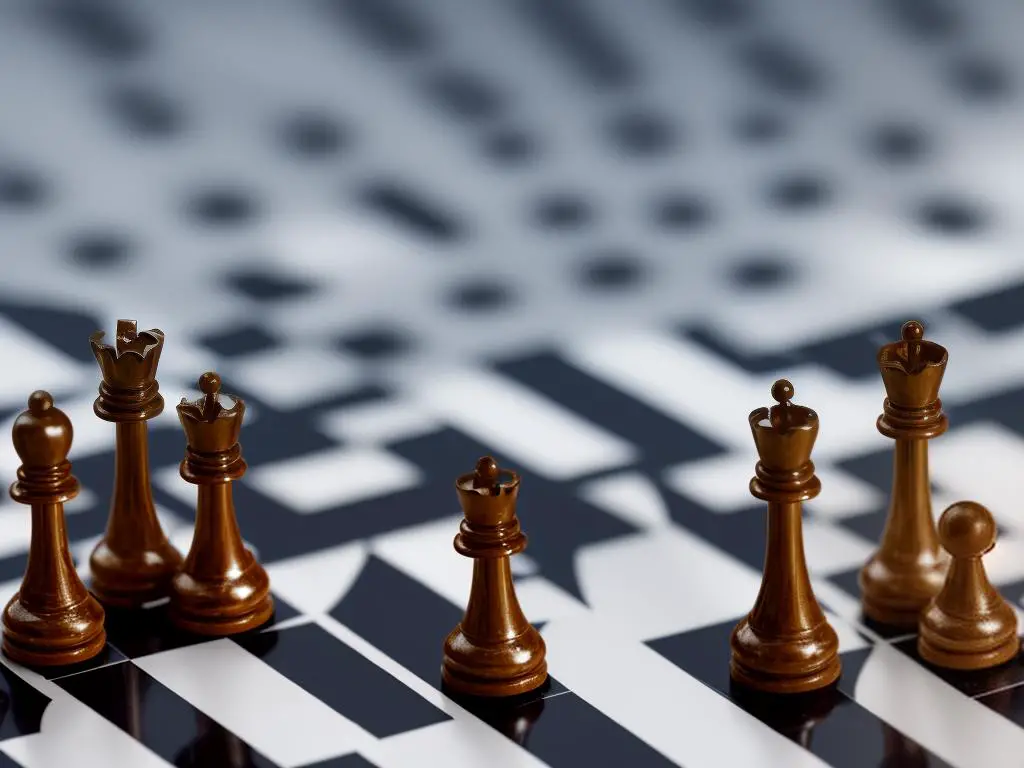
21st Century Chess and Online Chess Boom
The Rise of Viswanathan Anand
In the 21st century, one of the most profound developments in the world of chess has been the emergence of Indian Grandmaster Viswanathan Anand. Breaking the 15-year-long reign of Garry Kasparov and Vladimir Kramnik, Anand rose to prominence as the undisputed World Chess Champion in 2007. He successfully defended his title on two occasions—first against Kramnik in 2008 and then against Veselin Topalov in 2010—demonstrating his exceptional skills in complex positions and endgames. Anand’s achievements earned him the distinction of being a five-time world champion and marked a shift towards a more global chess scene, moving away from the traditional Russian dominance of the game.
Vladimir Kramnik’s Win
Another milestone in the chess world was reached when Vladimir Kramnik defeated Garry Kasparov in the 2000 World Chess Championship, ending Kasparov’s 15-year reign as world champion. This match is famous for Kramnik’s exceptional preparation and innovative opening strategy, particularly in the Berlin Defense of the Ruy López, which caught Kasparov off guard and earned Kramnik the nickname “Mr. Berlin Wall.” Kramnik’s win marked a new era in chess, where deep preparation and opening innovations became increasingly significant aspects of top-level chess games.
Magnus Carlsen’s Reign
The modern chess era is currently highlighted by the reigning World Chess Champion, Magnus Carlsen of Norway. Carlsen became a grandmaster at the age of 13 and has maintained his status as the world’s highest-rated player since 2010. In 2013, he won the World Chess Championship against Viswanathan Anand by showcasing his exceptional positional understanding and ability to put constant pressure on his opponents. His popularity has led to a surge in interest in chess, particularly in Norway, where the game has experienced a boom in terms of membership in chess clubs and viewership of chess events.
Online Chess Boom
The 21st century has witnessed an immense growth in the popularity of online chess, with platforms such as Chess.com, Lichess, and Internet Chess Club attracting millions of users globally. These platforms have revolutionized the way chess is played by providing a wide array of playing options, training tools, and increased accessibility for players at various skill levels. The rise of online chess has resulted in the popularization of faster time controls, such as blitz and bullet chess, offering exciting and fast-paced games that attract larger audiences, especially through streaming platforms like Twitch and YouTube.
High-Level Tournaments Featuring Faster Time Controls
One of the consequences of the online chess boom has been the increase in high-level tournaments featuring faster time controls. These events, like the Grand Chess Tour, showcase thrilling games from the world’s best players in rapid and blitz formats. The 2019 Grand Chess Tour, for instance, saw an intense rivalry between current World Champion Magnus Carlsen and U.S. number one Hikaru Nakamura. Nakamura, who is known for his exceptional skills in quicker time controls, provided a stiff challenge for Carlsen, further solidifying the importance of these faster-paced games in attracting wider audiences and contributing to the continued growth of chess in the 21st century.
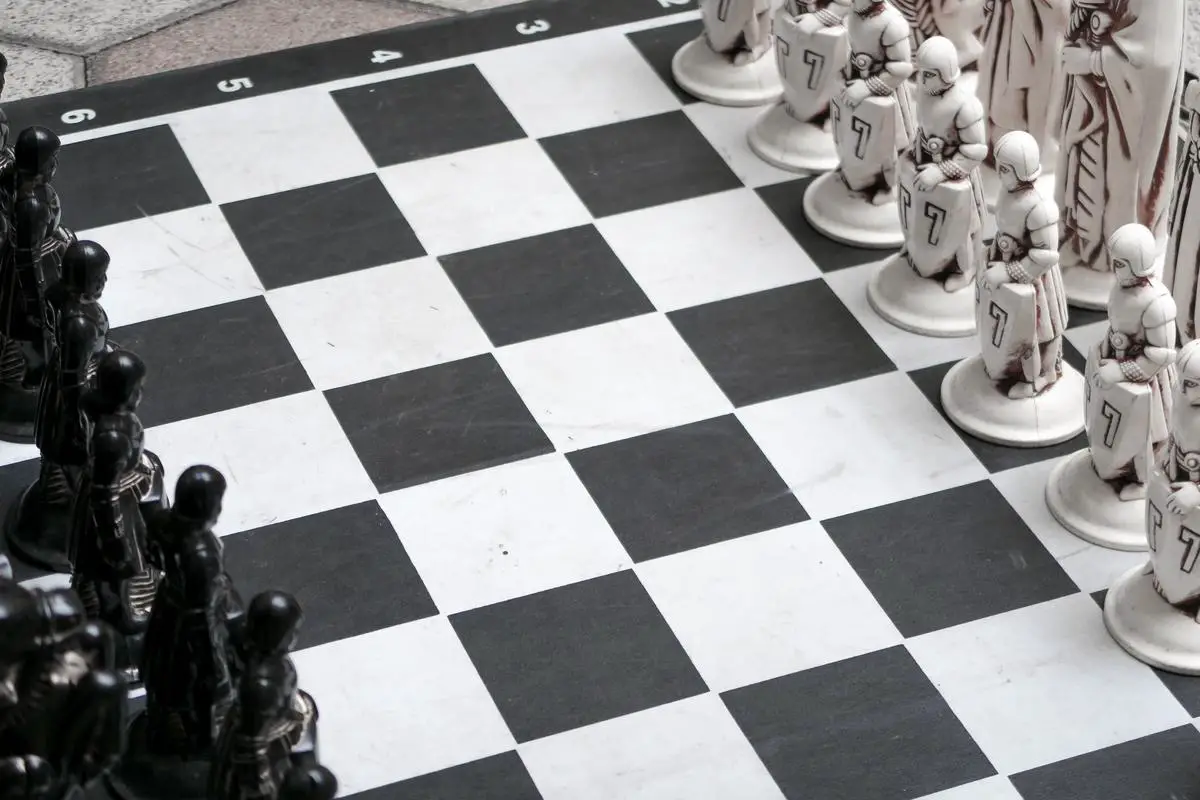
Photo by dmjdenise on Unsplash
As we have seen, the world of chess has been shaped by the various eras, influential players, and technological advancements that have helped elevate and redefine the game. From the origins of chess in ancient India to the thrilling speed and accessibility of online chess today, these famous chess games embody a combination of art, science, and psychological warfare. Their legacies serve as a testament to the resilience and lasting allure of chess, inspiring new generations of players and enthusiasts from across the globe to ponder over their own board, seeking brilliance in every move.








